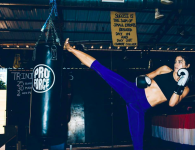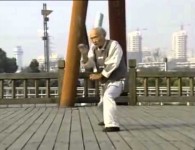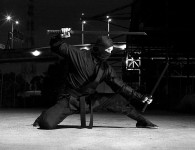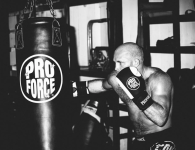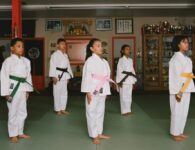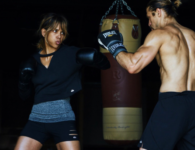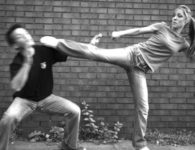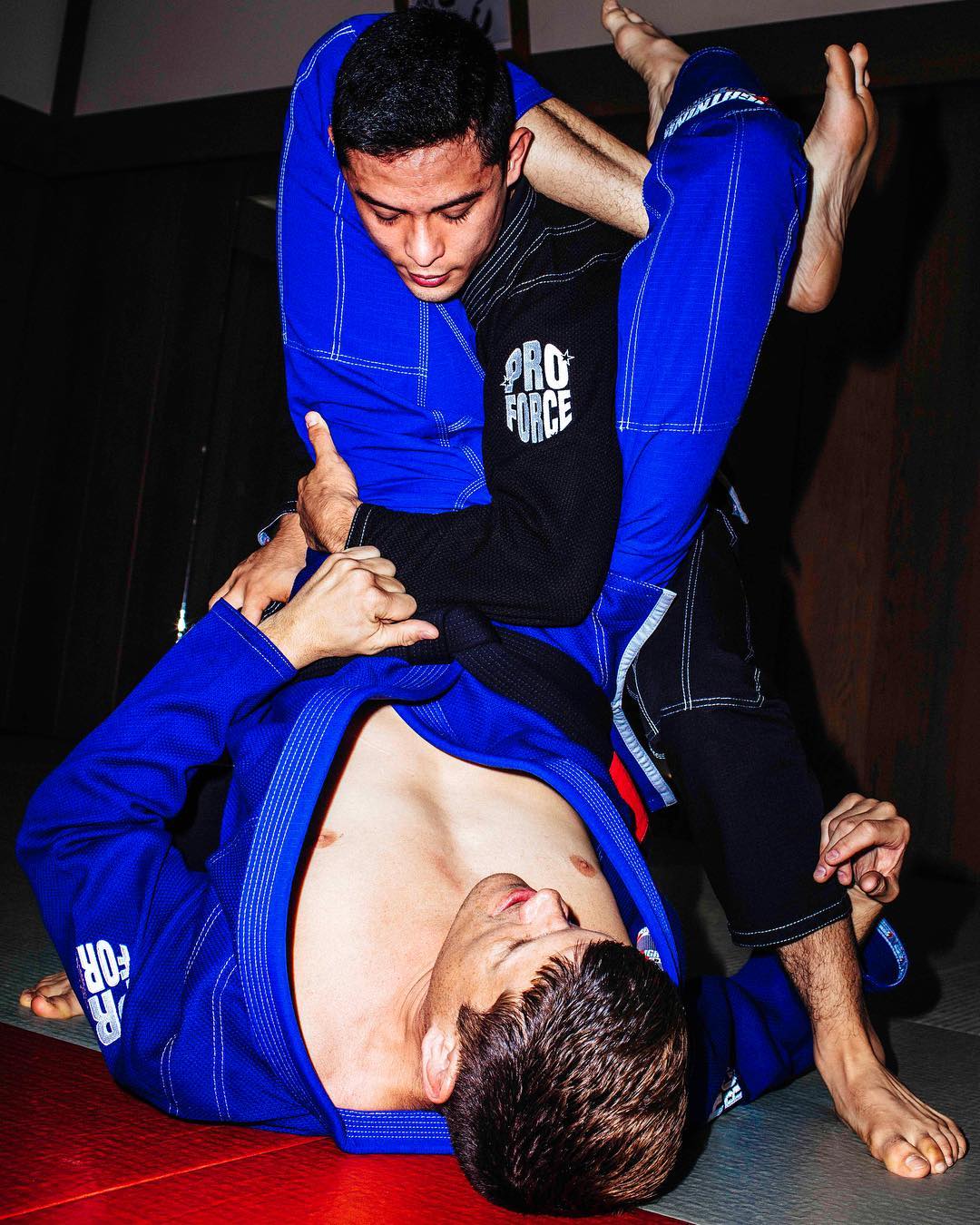
Everyone can benefit from a good core training program. Regardless of how much physical activity you do and what kind of physical activities you participate in for work and for play, keeping your abdominals, obliques, pelvic floor, lower back, transverse abdominus, and pelvic floor muscles strong and balanced can help you to be healthier and more functional in everything that you do.
Given the demands and challenges of grappling-based martial arts, Brazilian Jiu-Jitsu and Judo practitioners arguably have even more to gain from proper core training. When all of the muscles of your core are working together, your balance and the power behind any movements that involve the hips, rotating, or bending will become more effective. This means that almost every single thing that you do in a grappling art can be improved with a healthy core. It will make both your takedown defence and your own takedowns and throws better. On the ground, it can also aid in improving wrestling, sweeps, and submission attempts. A healthy core also supports your spine and internal organs and keeps your entire body moving more functionally, which can lower your risk of injury during training and competition.
Not all core exercises are created equal, though. Doing hundreds of old school sit-ups, for example, is only going to put unneeded pressure on your lower back and hip flexors — both of which face enough tension and strain during the average training session already. The key to successfully integrating core work into your cross-training for BJJ and Judo, is making sure you’re doing exercises that will encourage balance and function in all of the muscles that make up in the core and moves that have practical applications to rolling and competition.
Here are five core exercises that would make a great addition to any BJJ or Judo training program:
The Bird Dog
What it works: Your entire core. Your spinal extensors and rectus abdominis work together to keep the spine neutral so that you don’t arch your back or sink toward the floor while in the four point position. Your obliques work to prevent you from shifting or rotating to the side as you start to challenge your stability with your arms and legs. And your deep abdominals (the transverse abdominis and pelvic floor) help to fire up all of the above, which will also keep you stable throughout the exercise.
Why it’s good for BJJ and Judo: Grappling constantly challenges your balance and stability, both on your feet and on the mat. An exercise like the bird dog strengthens your entire core and helps you learn to adapt to these constantly shifting challenges, keeping you grounded, centred and safe, no matter what position you might find yourself in.
The Side Plank
What it works: The side plank primarily works your obliques, which are what prevent you from sagging or collapsing to the floor while holding this position, but the rest of the core muscles are working to support you here, as well. The side plank is also an excellent exercise for challenging and increasing your shoulder girdle stability.
Why it’s good for BJJ and Judo: Much like the bird dog, side planks improve your balance while grappling. This excellent exercise for the obliques can also help to improve the any hip movements you do in grappling, which can make everything from your sweeps to takedown attempts and throws powerful.
The Roll Up
What it works: This classic Pilates exercise is a great alternative to crunches. Your rectus abdominis and obliques work together to flex your spine on the way up and resist gravity on the way back down. Your deep abdominal muscles also get some attention here as they help to stabilize you and support the firing of the outer core muscles.
Why it’s good for BJJ and Judo:The roll up is all about being able to to flex your spine with a combination of strength and control while maintaining focused breathing. All of which make it a particularly good exercise for martial artists looking to improve their guard work. You’ll be able to control your opponent’s posture and work for submissions and sweeps much more effectively when all of the above are working together in the way that the roll up encourages. And, unlike a traditional crunch, the roll up manages to do all of the above without putting any unnecessary pressure on your lower back and hip flexors, which already face enough strain during your average training session.
Spinal Extension
What it works: Spinal extensions are designed to work the muscles of your lower back and your erector spinae, the group of small muscles that link together to support and help to move the entire length of your spine. The rest of your core muscles help to stabilize you throughout the movements and prevent you from putting too much pressure on your lower back.
Why it’s good for BJJ and Judo: Strong and balanced erector spinae muscles improve your posture, which can improve your takedown defence — and possibly your sweep and submission defence as well. Even more importantly, though, spinal extensions are great for strengthening your lower back in a balanced and functional manner. Grappling — particularly guard work — can be very hard on that area. These exercises can help to combat that and keep you healthier and reduce the risk of injury and/or pain as a result of training.
The Sit Through
What it works: Consider this exercise a way to put the gains you’re making thanks to the above moves to the test. Your back muscles are helping you to maintain your posture. Your obliques and rectus abdominis are stabilizing your spine against rotation, and your deep abdominals are helping to keep everything in place and firing properly. And they’re all working together as you learn to maintain good and functional core strength and position against movement, balance challenges, and some breathing challenges as well as the move starts to increase your heart rate.
Why it’s good for BJJ and Judo: The sit out is both a core exercise and a wrestling drill. Not only does it make your core stronger and help you to apply your more controlled training to the demands of grappling, it also sharpens your reflexes and helps you to defend against back attacks. Introducing this move into your core training routine will help you breathe better and make you stronger and faster during training and rolling.
Is core training part of your Brazilian Jiu-Jitsu or Judo routines? What exercises are your favorites? Let us know in the comments!
And don’t forget to check out our online store. We’ve got all of the BJJ and Judo gear you need to train — and the fitness gear you’ll need for your new core routine!





